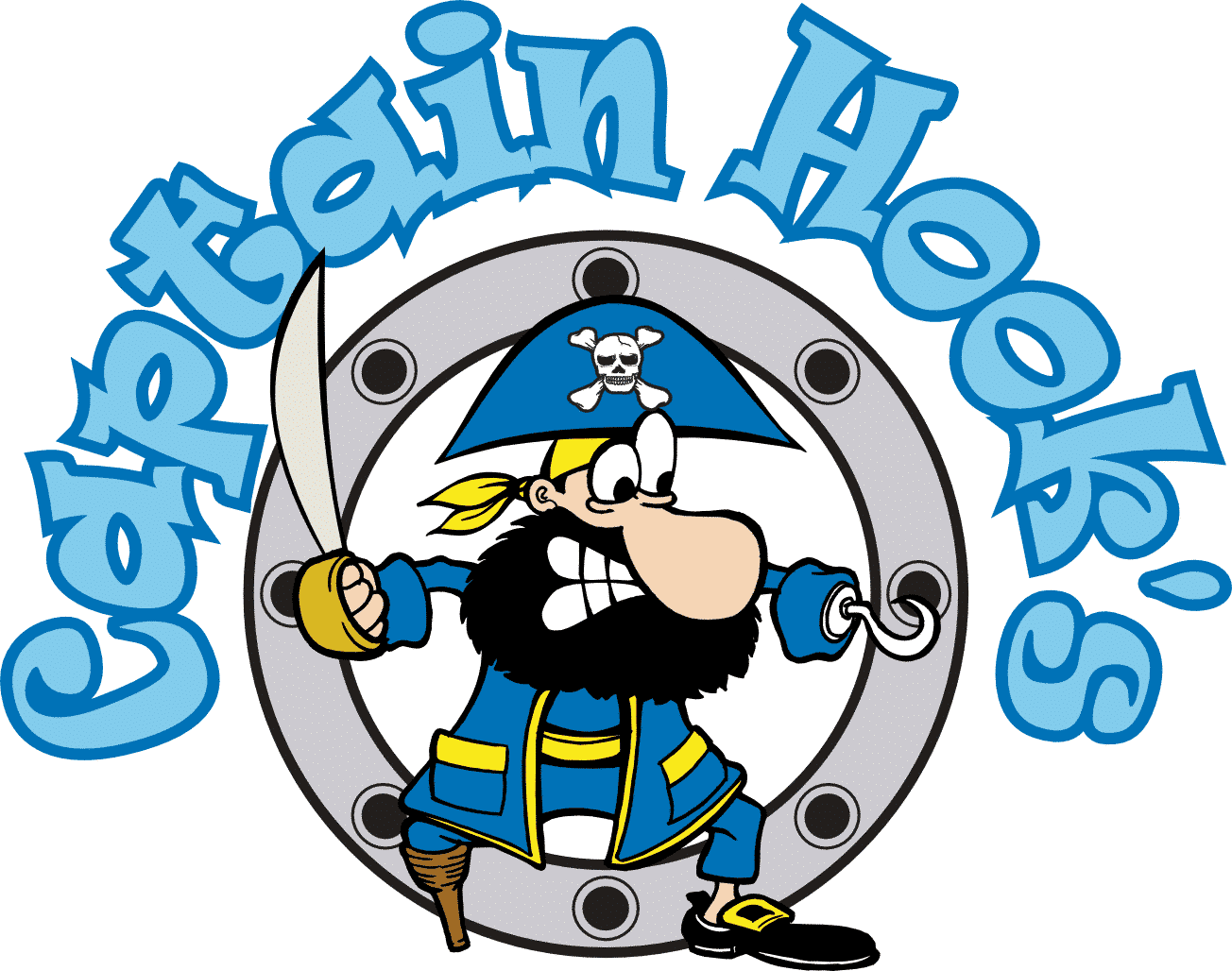Today’s Visibility Report (Daily Updates Only)
<!– BEGIN:DIVE_CONDITIONS –>
Looe Key
October 12, 2025 at 10:02 AM
Looe Key on October 12, 2025 at 10:02 AM. NE winds of 10-15 kt, seas around 1 ft, visibility 40-50 ft, no current, and water temperature 84 °F. Overcast with great water conditions.
Barbara’s Reef
October 12, 2025 at 9:03 AM
Barbara’s Reef had NE wind 10 kt, seas 1–2 ft, visibility 25 ft, no current, and water temperature 83 °F on October 12, 2025 at 9:03 AM. No additional notes were provided.
<!– END:DIVE_CONDITIONS –>
Tip: “Good viz” = 40–60 ft+. “OK” = 25–40 ft. Under 20 ft is considered poor for reefs. Seas 1–2 ft are comfortable for most snorkelers; 3–4 ft can be sporty.
How to Read Our Visibility Reports
- Wind (direction & speed): Tells you where surface chop and swell are coming from. Easterly trades are common; strong north winds can make near-shore reefs rough.
- Seas/Waves (ft): Estimated wave height at the reef. Lower is better comfort; higher may increase surge and reduce viz.
- Visibility (ft): Horizontal clarity in the water. Influenced by wind, swell, tide, and recent weather.
- Current (none/slight/moderate/strong): Affects effort and drift. Reefs are usually low-current; wrecks can run stronger.
- Water Temperature (°F): Helps you pick exposure protection (see guide below).
- Notes: Short crew comment. Ex: color (blue/green), surge, jellyfish/sea lice, sargassum, or wildlife highlights.
Typical Conditions by Season
Winter (Dec–Feb)
- Water ~70–74 °F. Cold fronts can bring wind and 2–4 ft seas. Viz variable after fronts; calmer between systems.
- Wildlife: groupers, jacks, nurse sharks, lobsters tucked under ledges.
Spring (Mar–May)
- Water ~74–80 °F. Increasingly stable weather, improving viz. Great time for reef photography.
- Wildlife: turtles, schooling grunts and snappers, healthy soft corals.
Summer (Jun–Aug)
- Water ~82–87 °F. Light winds and flat days common; best average viz. Afternoon thunderstorms are brief; mornings are often glassy.
- Wildlife: tarpon sightings, rays, frequent turtles, reef fish in full color.
Fall (Sep–Nov)
- Water ~78–84 °F. Generally warm and calm with occasional tropical squalls; viz good to excellent after settled periods.
- Wildlife: bait balls attract mackerel, jacks, and bigger visitors.
Reality check: Conditions can change quickly. Today’s report always overrides seasonal expectations.
Site Cheat-Sheets
Marathon Reefs
- Common reefs: Coffins Patch, Sombrero Reef, Donut, Stake & many others
- Depths: ~15–35 ft (snorkel & open-water friendly).
- Why it’s great: Classic spur-and-groove coral, shallow sunlight, frequent turtle and ray encounters.
- What affects it: East/northeast wind can kick up chop. Post-front days may reduce viz for 12–24 hours.
Looe Key / Bing Pine Reefs
- Depths: ~15–35 ft inside; ~35–70 ft on the outside edge.
- Why it’s great: Lush coral gardens, swim-throughs, schooling fish. Typically gentle current.
- What affects it: Best early when winds are light. Greenish water can drift in after wind shifts.
Key West Reefs & Wrecks
- Common sites: Sand Key, Rock Key, Eastern Dry Rocks, Vandenberg wreck
- Reefs: ~15–40 ft with patchy coral heads and sandy lanes. Good for mixed groups.
- Vandenberg Wreck: ~45–100 ft+. Advanced certification required. Current can be moderate to strong.
- What affects it: Southerly swell can lower viz on shallow reefs. Stronger tidal flow and current possible around wreck.
Exposure Protection Guide
| Water Temp | Recommendation |
|---|---|
| 86–82 °F | Rashguard or 1–2 mm top |
| 81–78 °F | 3 mm full or shorty |
| 77–74 °F | 3–5 mm full suit |
| ≤73 °F | 5 mm + hooded vest if you chill easily |
Sensitive to cold? Choose the warmer option. Snorkelers feel cooler at the surface with breeze.
Planning Tips
- Morning trips are usually calmer with better viz after overnight settling.
- Motion-sensitive? Choose days ≤2 ft seas and take preventatives as directed.
- Photographers: Bring a red filter in 20–40 ft. Strobes for deeper/wreck dives.
- Safety: Stay close to your guide, watch your NDL, carry a surface marker buoy on deeper/wreck dives.
Frequently Asked Questions
What’s “good” visibility in the Keys?
40–60 ft+ is considered good on reefs. Wrecks can be 30–80 ft depending on current and recent weather.
Can I snorkel if seas are 2–3 ft?
Most snorkelers prefer 1–2 ft for comfort. At 3 ft, expect more surface chop and surge at the reef.
Do conditions look different from the marine forecast?
Yes. Forecasts are regional. Our report reflects what we actually see at the site that day.
When do you cancel a dive or snorkel trip?
We prioritize safety and comfort. High winds, storms, or poor viz can trigger a change of site, reschedule, or refund per our policy.
What if I’m brand new?
Choose shallow reef trips in calm conditions. Let us know you’re new and our divemaster will be sure to help you however they can.
About Our Reports
- Source: Direct observations from our captains and crew. They send reports in daily during every trip out to the reef.
- Cadence: Updated daily when we run trips, usually up to 2 or 3 reports per day.
- Accuracy: We measure water temperature with calibrated instruments and estimate viz from in-water reference distances.
Looking to Get in the Water Today?
-
Book the Vandenberg: Dive one of the Key’s most famous wrecks – the Vandenberg!
-
Learn to Dive / Refreshers: We offer various dive certification options
-
Other Activities: Sunset Cruises, Sandbar Tours, Fishing Charters and more
